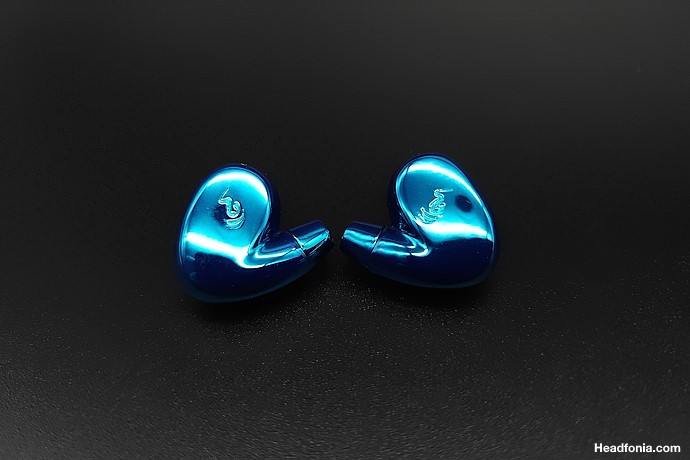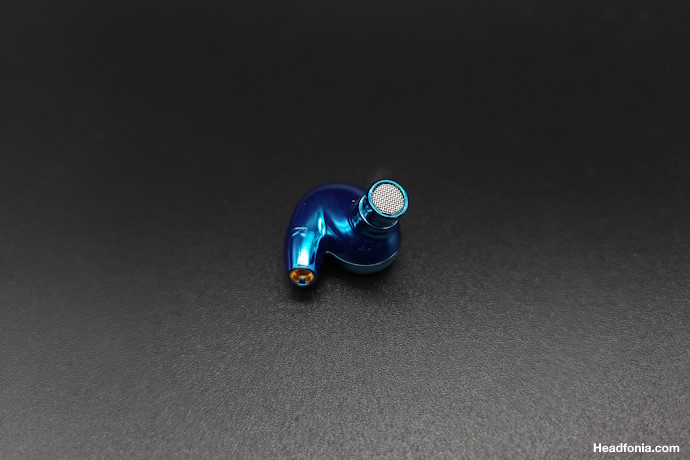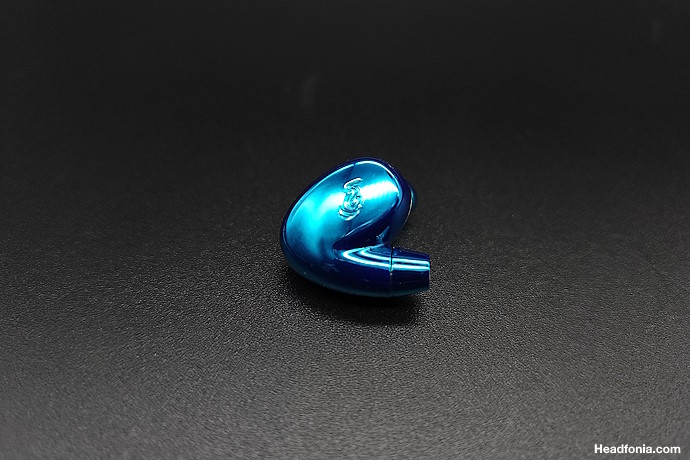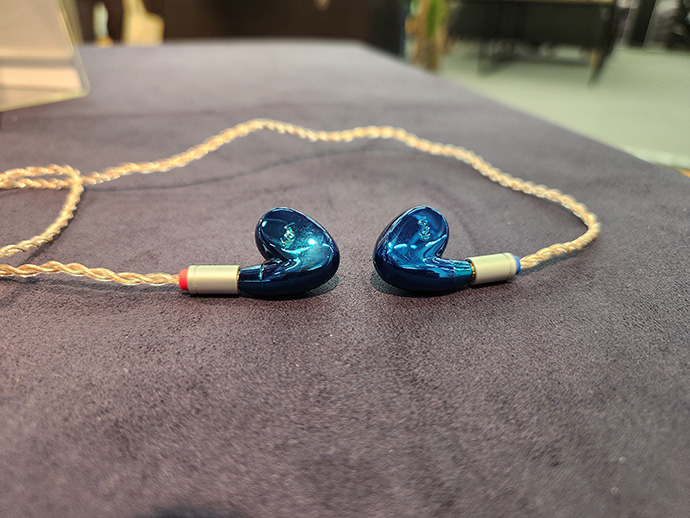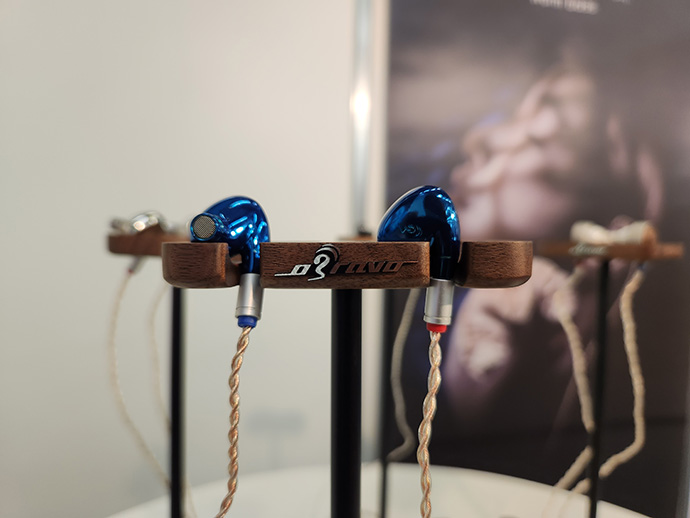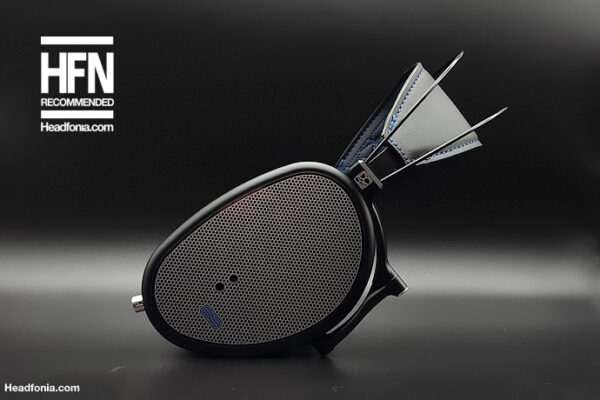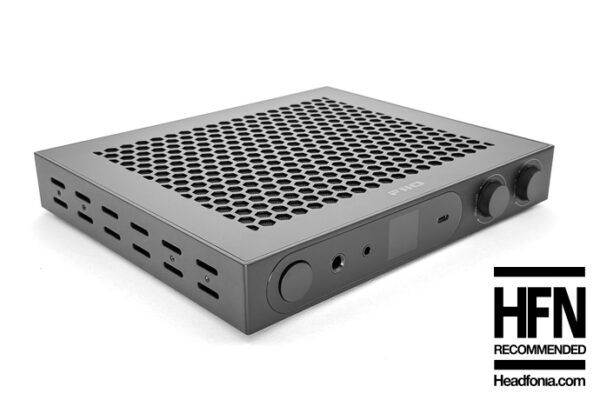If Google is showing you this page first, click here to go to the start of the article.
Sound – Intro
For this review we have used the Clio with a multitude of source, both desktop and portable. We will get into more detail about the source matching and synergy later in this article.
In the intro part we also always look at how the company’s marketing departments describe the unit’s sound. Building on the new AMT6 platform oBravo wanted a more resolving, more mature sonic performance from Clio. The goal was to develop an earphone that adds further texture to the low frequencies over Venus and focuses specifically on Clio’s voice, ensuring amazing transparency and exceptional resolution. In the case of the Clio, we found the following description:
With a special tilting design, oBravo combines Air Motion Transformers and dynamic drivers to deliver powerful, crisp bass, well-balanced mids and crystal-clear high notes. Enhancing low frequency performance, its crystal-clear highs and rich, warm bass conveys a vibrancy second to none and brings you into a new realm of fine audio fidelity. Let the goddess of history be moved by the plot and warmth of the music, and tell you with a soft and pulsating bel canto voice.
Let’s dive in and find out how accurate oBravo is describing the Clio’s sound!
Sound
For this section we will split up the part based on the ear tips used. oBravo supplies both silicone and foam tips and we all know they seriously impact the sound signature. The main source for this part was the Astell & Kern SP3000 DAP which won our 2023 DAP of the year award just a few weeks ago. I have used the balanced 4.4mm connector.
If you have listened to oBravo IEMS before, you will know they have a very typical and unique house sound. I haven’t listened to oBravo IEMs for quite some time now, but from the very first notes you can just recognize you’re listening to an oBrabo AMT design. For some people it is hard to like, but I can appreciate it when properly matched to the right source for it. More on that later.
Silicone
With the silicone tips this translates to a more neutral tuning with a full bodied bass presentation, with lighter lower mid presence, higher accentuated forward vocals and an energetic top end.
The Clio is fast, precise and has a good technical level while remaining musical at all times. What I especially like is how the Clio makes you feel like you’re not listening to IEMs. The sound is all around you and the stereo image is excellent. The sound detail aka resolution is really good as well as the note extension, the latter especially in the higher frequencies.
Soundstage wise the Clio scores well with a nice width and depth. I quite like the layering which is best in the bass and mid regions. All-round PRaT is good though the bass speed on the attack can sound a bit slower sometimes.
To me the Clio has a more W-shaped presentation where bass presence and vocal excellence are key. The top end is lively and energetic but to my older ears sounds just right without ever becoming harsh or aggressive.
Foam
Fitting the Comply tips on the Clio is a bit harder, as they for me don’t easily stay in place. An issue I didn’t not experience with the silicone tips.
To my ears the foam tips on the Clio give the IEM a more balanced presentation with fuller mids, giving a more linear experience. You still get the more neutral presentation but the body now is more evenly spread from bass to highs, and there’s no ore v or w- shape to be heard. Something I can appreciate.
To me you really get the best overall sound with the foam tips. Nicely bodied bass which has good speed, tightness and impact. The mids are slightly softer yet nicely bodied and the vocal presentation now is even better than with the silicone tips, it blends in more and it’s softer and more realistic. The top end now connects better to the bass and mids, with the same body and presence.
Sound stage, resolution and layering-wise (well basically the who technical performance) the Clio still performs at the same level but it just works better with the foam tips and they give a better/complete sound experience where everything is equally good and distributed.
Conclusion
Both tips have their own strengths. If you like a more v or w-shaped delivery, the silicone tips are the ones for you. If you like more balance and linearity, the foam tips will please you more.
The bass delivery and vocal presence are where the biggest differences can be found. That said, the vocal presentation is excellent with both tip types, just different. I myself would not describe the bass as warm though, though it sounds a tad softer with the foam tips.
Unfortunately I don’t have a lot of recent universal IMS with me at the headquarters as I have been mainly been focusing on full sized desktop gear. The only other oBravo in my collection at the moment is the old and very high-end Ra C Cu, and as such comparing the IEMs to each other doesn’t really make a lot of sense.
Sources
The first different source I want to include in the review is the Chord Mojo 2. The Mojo 2 is the portable DAC/AMP I use most myself when on the go and it plays really well with a majority of IEMs and CIEMs.
With the Clio, of course in Single Ended mode (3.5mm), the sound signature becomes more digital and you get an even faster sound than before. I do feel there is less overall body and presence but improved clarity and extension on top. I did not expect the difference to be this apparent, but it clearly is. I am sure some will actually prefer this musical presentation over that of fuller sources, but for me this is not the case with the Clio.
I really like the Clio when paired with Shanling’s latest ECMini. Here in balanced modem, the Clio sounds full and very musical with the most natural timbre so far. It’s a quite balanced presentation with a smoother delivery but the vocals are particularly good. Compared to the Mojo2 and SP3000, the Clio here sounds softer, more relaxed but that really suits the music I am listening to while writing this (Raising Sands)
Switching to the Cayin N8ii gives a lot of different options as the N8ii has both a tube and solid state amplification circuit. Of course the P+ power mode isn’t needed here for the Clio and the main difference between tube and ss mode can be found in how the lower end is being portrayed. The tube section gives the Clio more weight and presence down low, while you get a more neutral and balanced presentation in solid state. In the latter the vocals come out more but that’s mainly because the bass body is no longer interfering with the vocal presentation.
Depending on the type of music you’re listening to or the mood you are in, both tube and ss modes work well with the Clio. The N8ii and Clio synergy really is something special and it is my favourite source for this lovely IEM.
Conclusion
The oBravo Clio so far has stayed rather under the radar in the Western world, but it actually is a really nice IEM to listen to.
Clio doesn’t come cheap but it has an excellent technical level, it is musical at all times and it on top of all that is lovely designed and superbly built. The Clio can be picky on the source you are using it with, so do try it out with your favorite source first.
If you’re in the market for a higher-end universal IEM, the Clio certainly should be an IEM to put on your shortlist. If you like the typical AMT and dynamic hybrid combo sound, this IEM should be in your top IEMs to consider and audition.
Pros
- Beautiful & complete package
- Gorgeous design, color, finishing
- Vocals
- Sound immersiveness
- Musical and exciting
Cons
- Price
- Aftermarket cables (proprietary MMCX)





